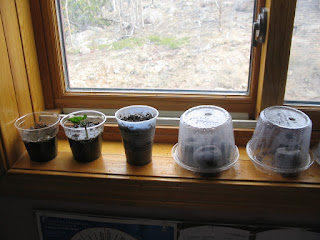Weed Wranglers … Unite! by Jan Boone

Musk thistle Consider the warm dry winter that’s just ended and how with a bit of Spring moisture, weeds will soon make their annual appearance in your garden and surrounding landscape. Whether you’re a local veteran of yearly weed battles; a new resident from out-of-state or someone who’s just ‘moved up the hill’ from the more urban surroundings of the Metro area, facing weeds in the foothills can be daunting! As if gardening at altitude isn’t challenging enough, the dandelions and diffuse grassy clumps of lower elevations are for the rookies. You’ve just entered the big leagues of weed wrangling! Consequently, this is a good time to dust off your garden tools and read up while we highlight steps on wrangling popular local offenders. Let’s review the basics from weed identification to eradication and control. Additionally, as foothills residents, we shouldn’t forget that there are many state agencies that can help with the identification of the weed you’re looking at.

